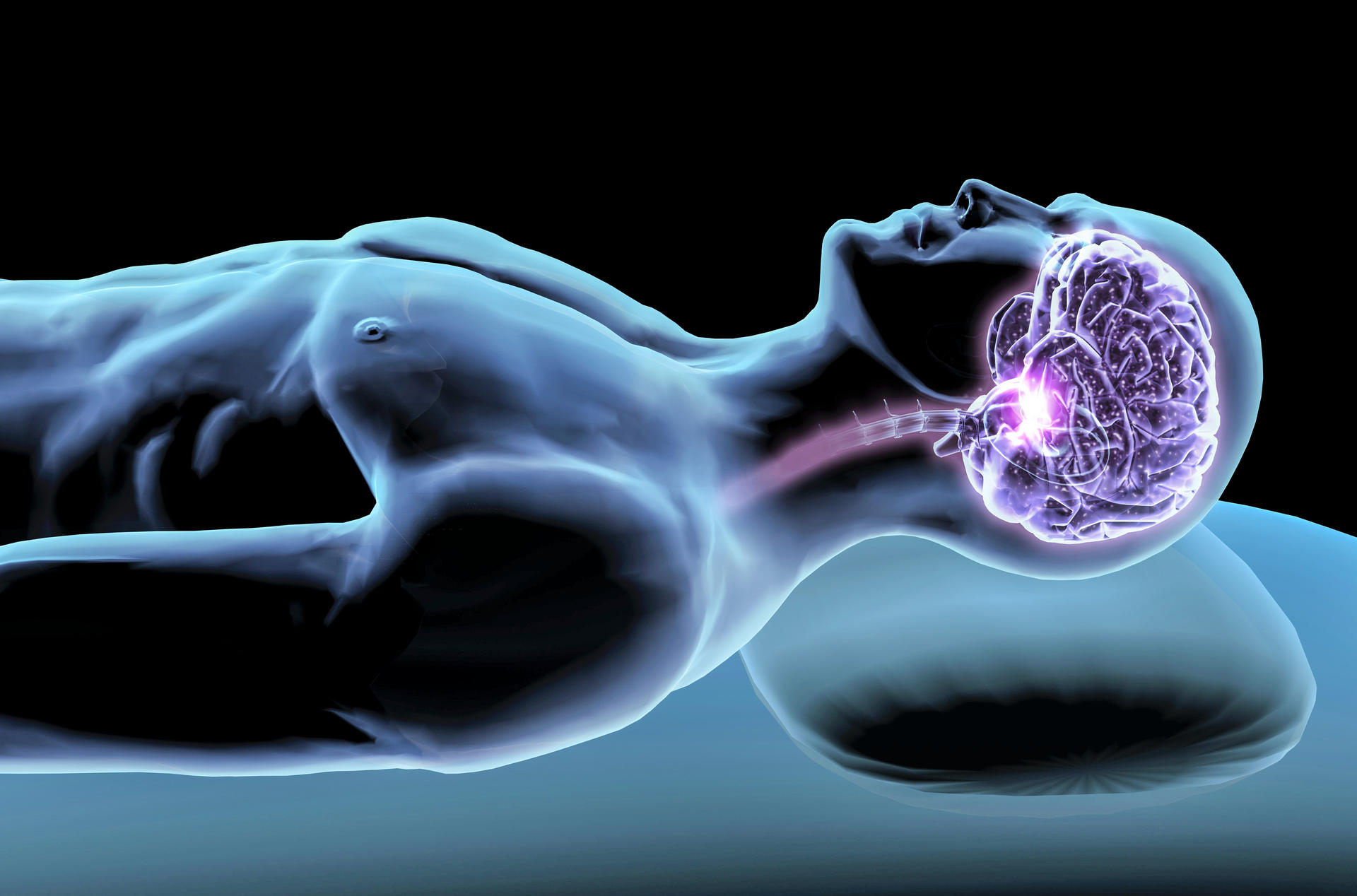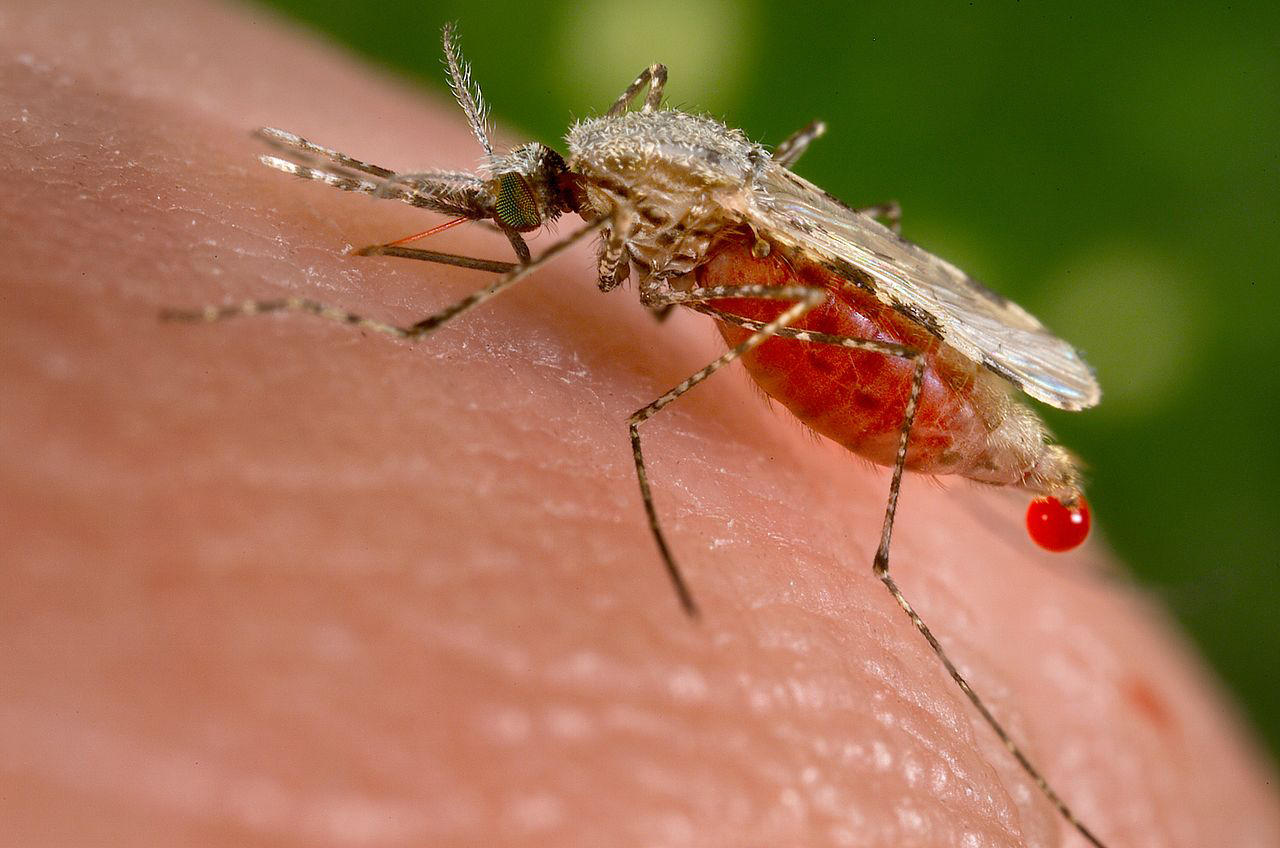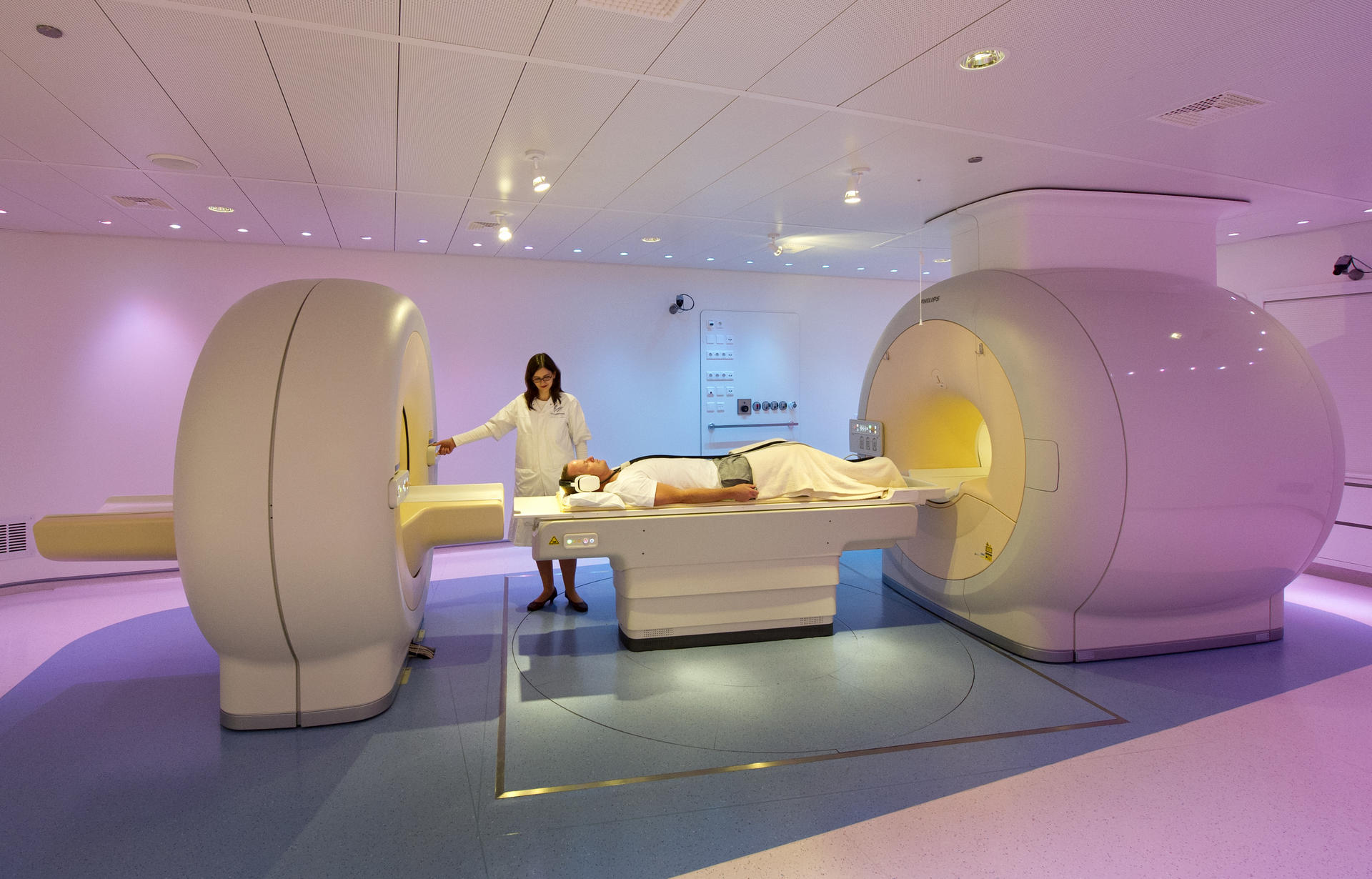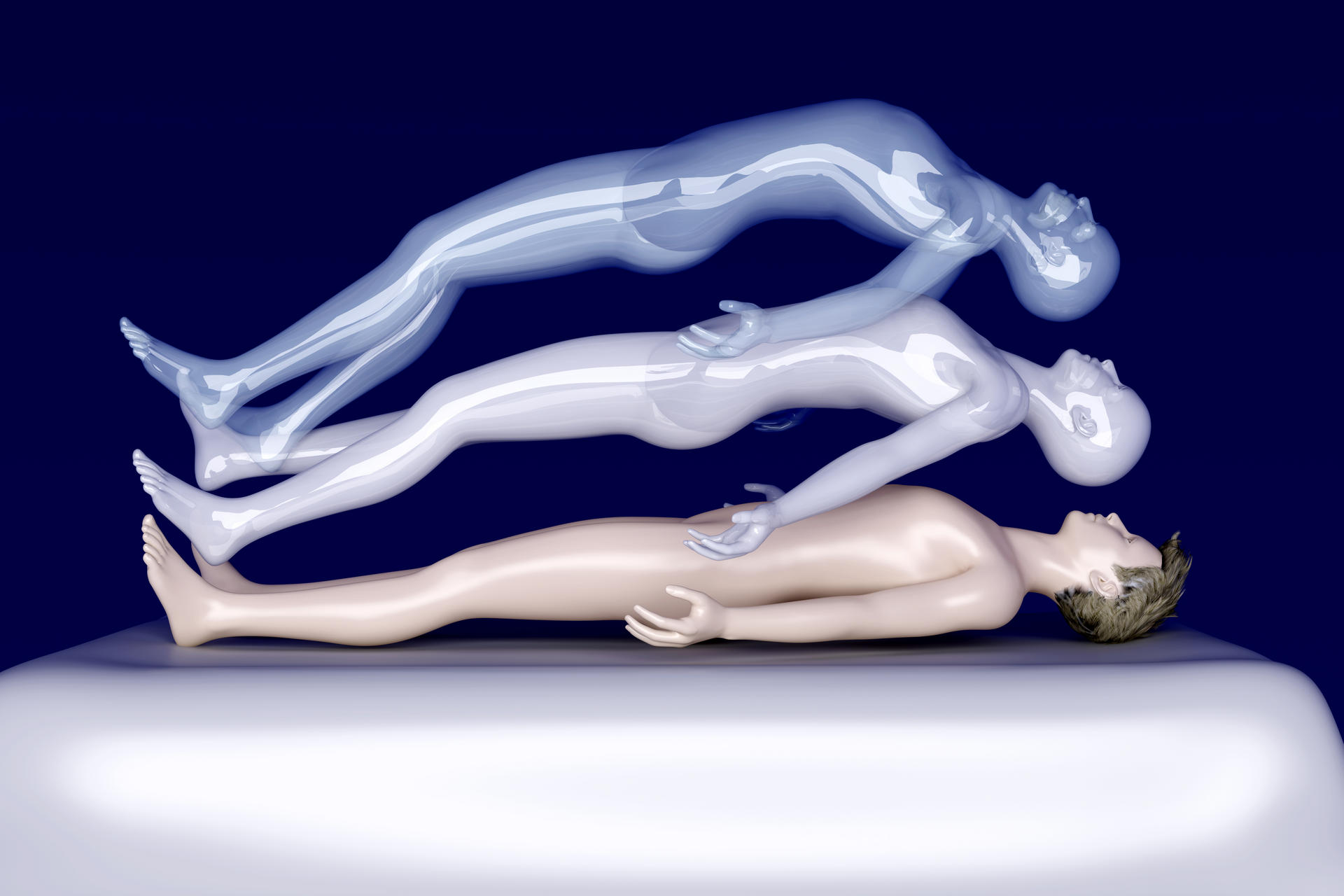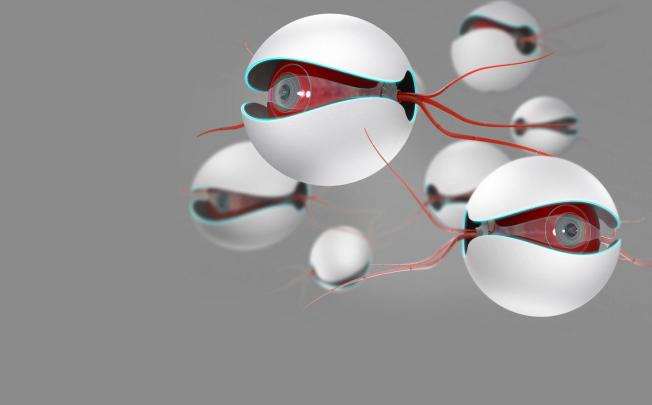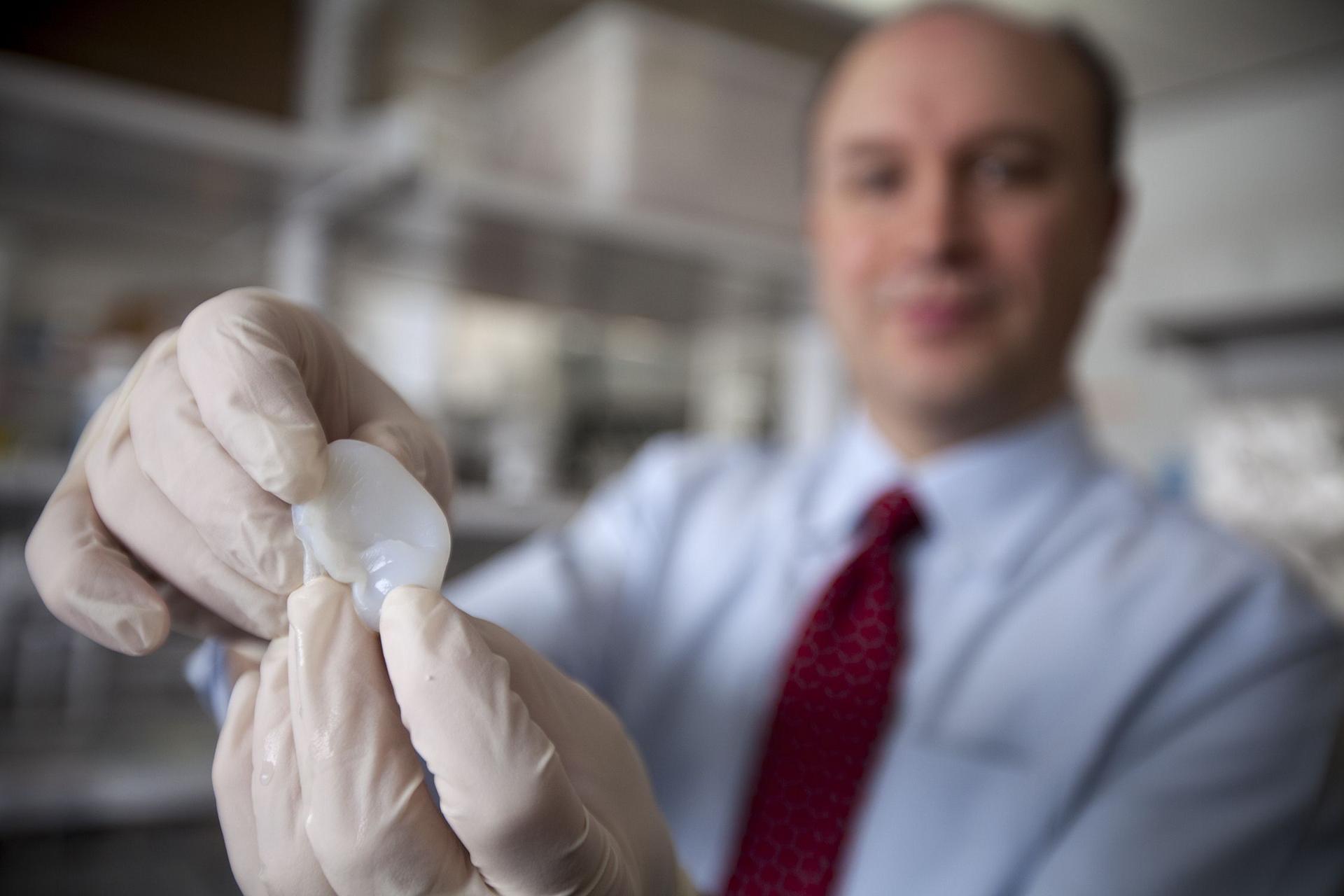Can those suffering paralysis ever walk again? It may not be as instantaneous as in the Bible - "Get up! Pick up your mat and walk" - but advances in science in the past decade are giving sufferers of spinal cord injury hope for a treatment.
It's hard to imagine a life without electric lighting: we'd be in the dark, and probably inactive and unproductive, for about half the day. But would we be healthier without it?
Wires inserted into the brain delivering jolts of electricity able to alter movement and behaviour may sound like the stuff of a sci-fi movie. But for people suffering from certain neurological conditions, this scenario is real and offers a much-needed source of relief.
In 1941, Georges de Mestral was in a Swiss forest walking his dog when he noticed his socks were dotted with small burrs. Looking under the microscope, he saw the barbed covering of the seeds had hooked onto the looped fibres in his clothes.
In 1959, the Nobel Laureate Richard Feynman predicted that we would one day be able to "swallow the doctor" to heal ailments from inside our bodies.
It was used to create haute couture dresses at January's Paris Fashion week, Valentine's Day chocolates in the shape of a person's face in Japan and, possibly soon - the European Space Agency is toying with this idea - a lunar base on the moon.
Imagine this: a car crash victim who suffers serious trauma to the brain avoids neurological damage after the doctors regenerate his lost brain matter using stem cells in the lab.
The more we learn about cancer, the more we realise how complex it really is. Take breast cancer. Millions of dollars are raised every year for research into the disease. But are we any closer to a cure? As it turns out, to think there is a single "cure" for breast cancer, or indeed any type of cancer, is to misunderstand this highly complex disease.





